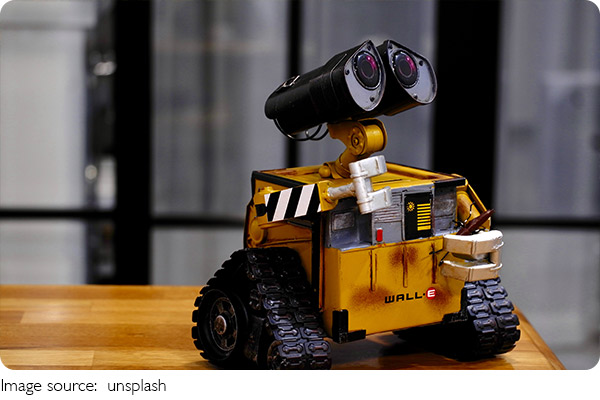The Rise of Robo-Delivery

As online shopping continues to soar, consumers increasingly rely on innovative delivery solutions. The world is witnessing the transformative potential of autonomous delivery systems, which promise to enhance efficiency while catering to the growing demand for convenience.
From self-driving vehicles to sophisticated drones, the landscape of shipping logistics is evolving, creating a buzz of excitement among companies and consumers alike.
Defining Autonomous Delivery
Autonomous delivery encompasses self-operating machines, including vehicles, robots, and drones, designed to transport goods without human intervention. While this may sound like something from a science fiction movie, it is already a reality, bringing about profound shifts in logistics, supply chain management, and the e-commerce sector. By embracing this technology, companies can tackle efficiency challenges while aiming for a more sustainable future.
Spotlighting Delivery Robots
Delivery robots are self-navigating devices that carry packages, groceries, and other products directly to consumers. Equipped with artificial intelligence, GPS, and an array of sensors, these robots navigate sidewalks and streets independently. Innovators such as Starship Technologies and Nuro have begun deploying these machines in urban settings, illustrating the potential for autonomous delivery in everyday life.
Autonomous Transport Methods
The world of autonomous logistics goes beyond simple delivery robots. An array of transportation innovations is making waves:
1. Self-Driving Trucks: Companies like Tesla and Aurora are developing autonomous trucks that can reduce costs while addressing labor shortages in the freight industry.
2. Drones: Drone delivery is an exciting possibility, especially in areas with challenging terrain or congested roadways. Major players are testing these aircraft for quick deliveries.
3. Last-Mile Solutions: Last-mile robots tackle the final delivery stage, particularly in urban areas. Their aim is to efficiently close the gap between distribution centers and customers' doorsteps.
4. Warehouse Innovations: Warehouse robots efficiently manage inventory by transporting goods within facilities, streamlining logistics processes.
Many industry giants and startups are currently leveraging autonomous delivery vehicles to boost efficiency. Notable instances include:
The retailer has developed various robots which autonomously manages package transport within fulfillment centers. Although they face challenges, initiatives have paved the way for future innovations.
With an ambitious vision for autonomous delivery, Several companies collaborating to integrate delivery robots into a service for deliveries. Residents in cities such as Tokyo and Dallas can already order food via these robots, tracking deliveries in real-time.
Drone Applications
The drone delivery sector is rapidly expanding as both retail and business industries explore its possibilities. Companies are leading projects designed for rapid, lightweight deliveries that can significantly decrease wait times to as little as 15 minutes.
Other applications include delivering essential medical supplies within healthcare networks or transporting equipment in industrial environments. This versatility underscores drones' increasing potential to optimize logistics.
Advantages of Automation
While challenges remain, the benefits of autonomous delivery systems become evident:
Cost-Efficiency: By automating the delivery process, companies can significantly cut labor expenses.
Operational Speed: Autonomous vehicles and drones can operate around the clock, enabling quicker deliveries and improving logistics.
Environmental Benefits: Many delivery robots and drones utilize electric power, contributing to reduced carbon footprints.
Enhanced Safety: Fewer human operators lead to a decreased risk of accidents, creating safer delivery environments.
Increased Accessibility: Autonomous systems can reach remote or underserved regions where traditional logistics often fall short.

Reflecting on the Future
The realm of autonomous delivery continues to evolve, holding promises of revolutionizing logistics and supply chains. With ongoing technological advancements and simplification of regulatory barriers, these services are poised to reshape consumer experiences profoundly. Embracing these innovations could lead to faster, more efficient delivery systems, ensuring that the future of logistics is not just convenient but also sustainable for everyone. The landscape is changing; both businesses and consumers are encouraged to keep an eye on this exciting frontier.


